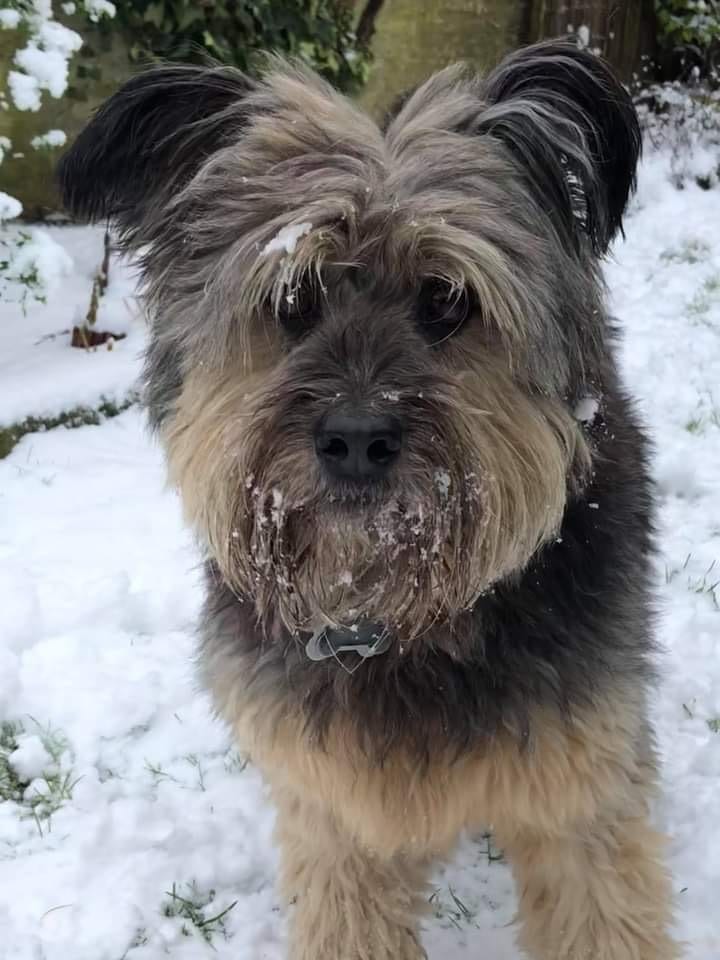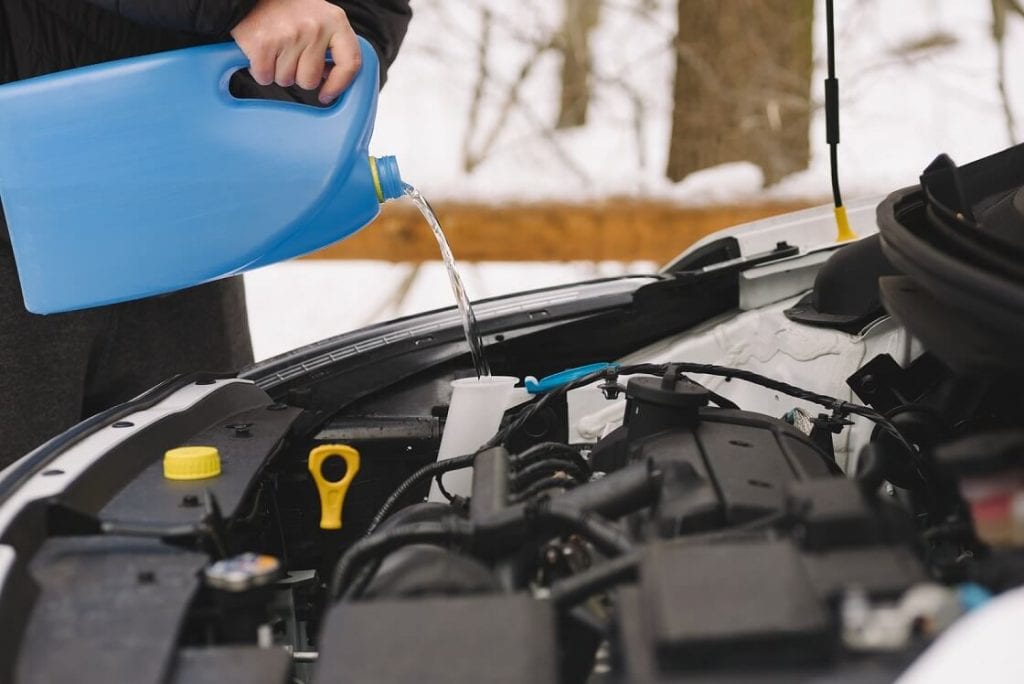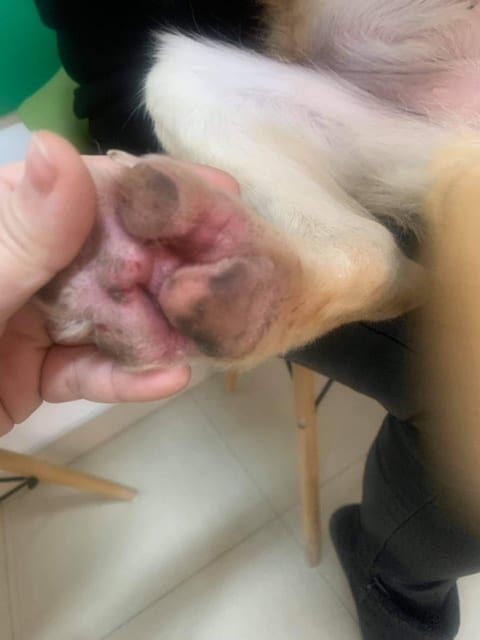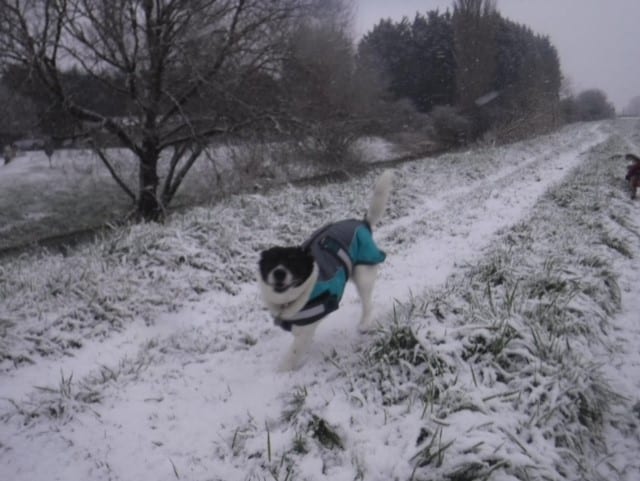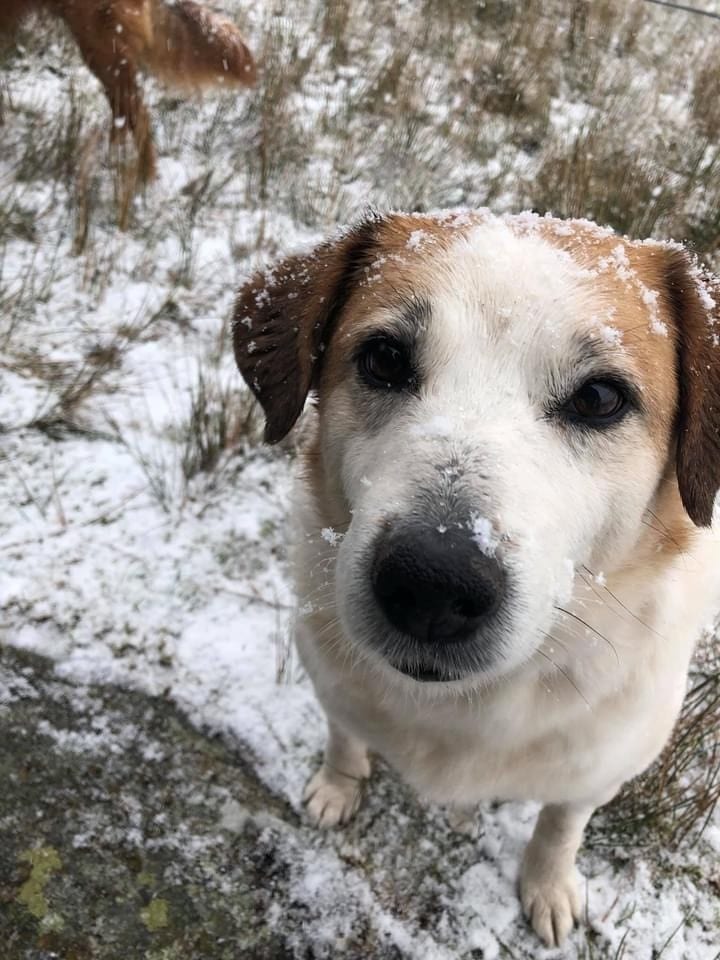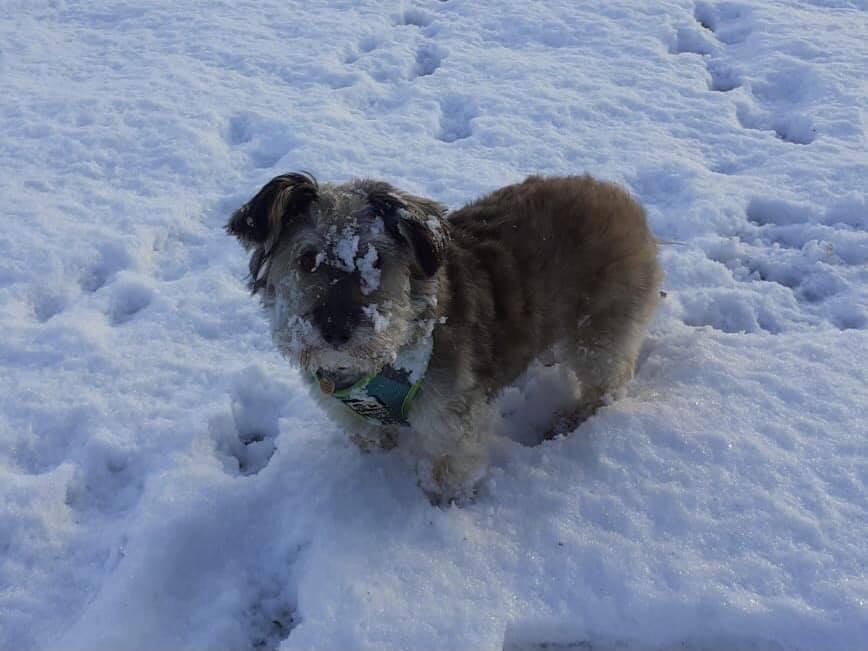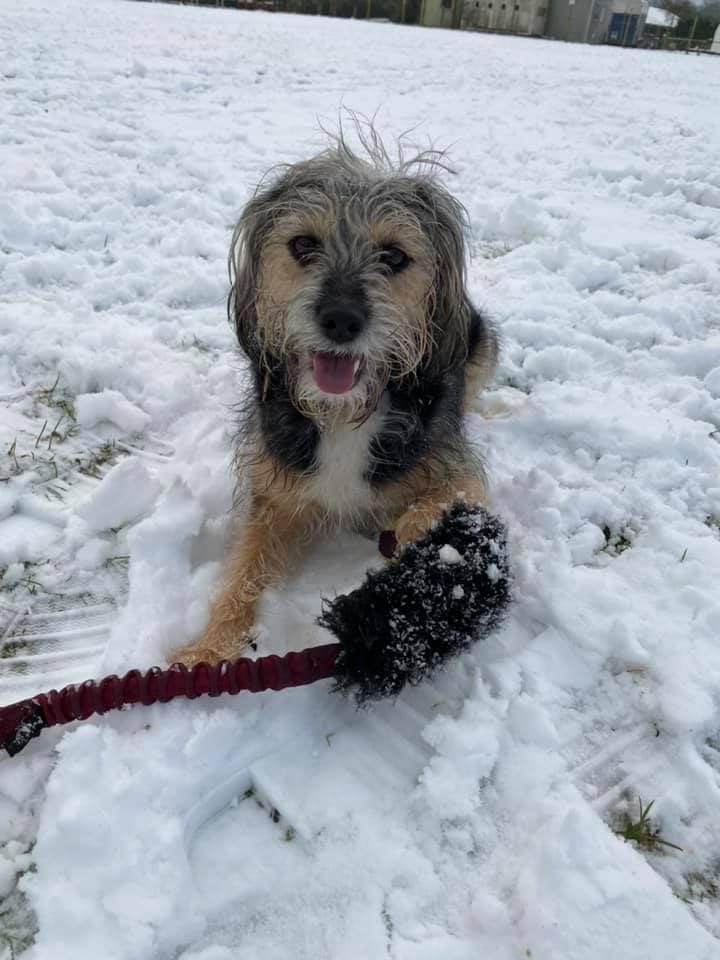Winter is the season for fun in the snow, brisk frosty walks and dark evening strolls. Here at 1 Dog At A Time Rescue UK, we have put together a few useful tips to keep our dogs safe and warm in the winter.
Antifreeze
Antifreeze, or ethylene glycol as it is officially known, can leak from a car’s radiator and be spilt after refilling a car’s screen wash. Unfortunately, it is sweet tasting and palatable to dogs. It can damage their kidneys and even cause death, even after only a small amount has been licked. Mop up any spillages and keep your dog away from the area. Symptoms of antifreeze poisoning can be your dog acting like he is drunk or even going into a coma. You must contact your vet immediately.
Rock salt and grit
Salt and grit are put down to melt snow or ice and make them less slippery. Surfaces that have recently been gritted or salted can be harmful to your dogs too, they can be an irritant or even cause burns on their pads. It is important that you wash your dog’s paws after walking in such areas.
If salt is eaten or licked in excessive amounts, for example, from a puddle that has melted due to the salt, you should contact your vet immediately.
Hidden dangers in the snow
When snow covers the ground, it can hide all sorts of dangers. Please be aware of food or litter, broken glass etc. especially if your dog is sniffing or digging in one particular area.
Hypothermia
Whilst playing in the snow is great fun, you should always be aware that your dog can get hypothermia if exposed to the cold for prolonged periods of time, which will start as shivering. Dogs that are old and less active or dogs with very short or sparse coats would probably benefit from wearing a dog coat whether it is out on a walk or in the garden.
Keep your dogs on a lead if it’s snowing heavily
Dogs can soon become disorientated if it snows heavily, so it’s a good idea to keep them on a lead so you don’t get separated from each other.
Never let your dog walk on frozen ponds or lakes
The ice may not be thick enough to take their weight. If your dog goes through the ice, don’t be tempted to go in after them, but call the emergency services and get help.
Frostbite
Ice and snow can stick to the fur between dogs pads on their feet and ball-up. This is uncomfortable and increases the chances of frostbite. Your dog could start to lift up its paws, whine or not want to walk. Make sure any clumps of snow or ice are removed when you are back from your walk. You can trim the hair around your dog’s feet or put some Vaseline on their paws to reduce the build up of these ice balls.
Make sure you and your dog are dressed safely
Suitable footwear for the weather and visible clothing for you, and check your dog’s collar, harness and leads are all functioning safely. Rust can cause clips etc. to cease up or weaken. Make sure your dog is wearing a collar with an id tag and is microchipped. If you are walking in the dark, hi-viz gear and a light-up collar are a good idea.
Keep your dog active
It can be difficult to keep your dog physically exercised during dark evenings or bad weather. Some dogs can be very reluctant to go for a walk outdoors when the weather isn’t great. In these situations, you could try some training indoors, try some indoor games, hiding toys and then playing with them when they find them, long-lasting chews, rubber toys that release food or use a snuffle mat. Have a look at our blog Mirror Mirror on the Wall for some enrichment ideas.
Arthritis
Not a danger as such, but something to be aware of during the wintertime. Signs of arthritis tend to get worse in the colder weather, as people suffering from the same condition will tell you. Consult with your vet if you are concerned about your dog.
And one last thing, have fun with your dog whatever the weather.

